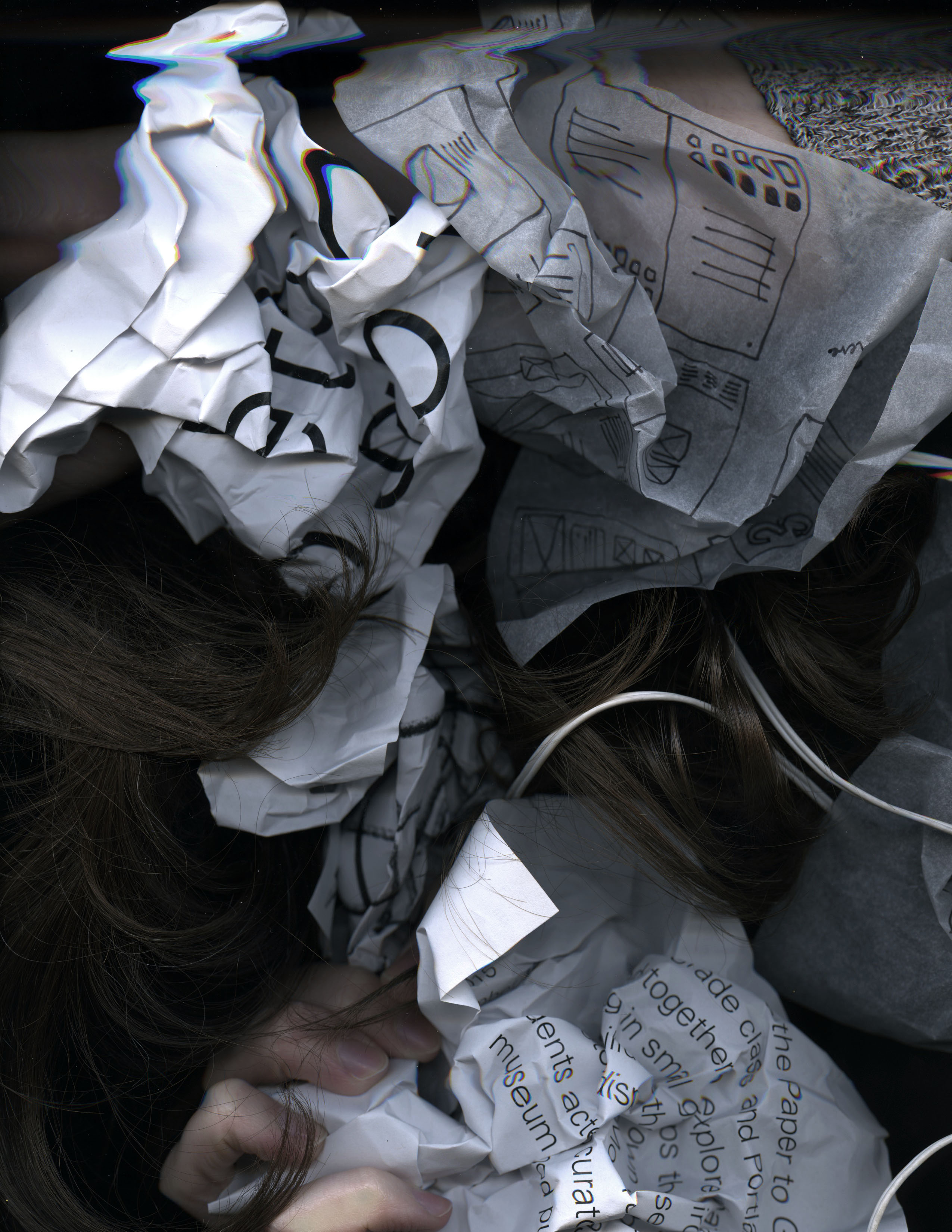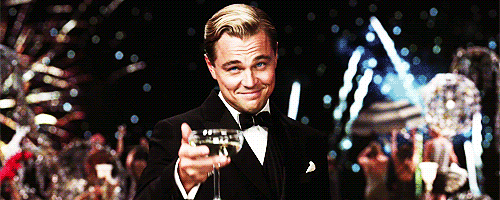
You are going to start many projects with sky-high expectations and ambitions for making your project the coolest thing since the middle-finger Emoji.
Spoiler: Nothing is going to go as planned.
Everything is going to take three times as long as you expect it to. Things you thought would be easy will suddenly seem impossible. And as per usual, technology will always decide to not cooperate when you need it most.

And when it’s all said and done and you’ve just worked 15 hours straight trying to make a complicated brochure with flaps and folds and weird edges that all need to be cut by hand (because you’re brilliant and like to think outside the box), and you just spent $150 on the printing and supplies, and it looks like shit, you think: Why did I do this to myself? Couldn’t I have just done something simpler?
The answer is Yes. You can just do something simpler.
I don’t mean to cramp your style or squash your dreams or anything, but sometimes you have to think realistically about how you’re going to go about making your Wonderful Project real.

It’s tempting to want to make an elaborate piece, but often times we don’t even consider the real methods that are required to make it. We look at all this inspiration online and then try to combine all of these beautiful, creative elements into something that can’t even be made because we don’t have access to a factory, or the budget to pay for it. We often have to substitute state-of-the-art methods of making for our own DIY aesthetic that we can conjure up from a bunch of stuff we got at the art supply store. The results are less than ideal.
You will be a better designer if you can make something with the realization that your design and your end product are going to fuse together to become the thing. Far too often we forget that production and craft is nearly half the aesthetic. It’s the lens in which the design is seen through. And when you’re forced to scramble at the end of a project without having given any previous thought as to how to execute the production—your design suffers for it. A sloppy job will stand out, making all your hard work seem invisible.
The design and the end product fuse together to become the thing.
Don’t attempt something complicated if you don’t have a great record of doing something simple. Try perfectly executing a basic saddle-stitched book BEFORE you make a badass saddle-stitched book that’s got pockets and fold-outs and different sized papers and shit. Sometimes it’s better to have a well-done piece that was easy to produce than a complicated piece that looks awful. In my experience, if it doesn’t look right, it won’t even matter that you tried. Reality sucks, I know.
Begin with the end in mind. Or at least, have a sense of it. The process is what defines how the design will ultimately pan out; but sad, unsuccessful projects result from poor production that stem from lack of planning and unrealistic thinking at the beginning.
Cheers to lowering your expectations and simplifying!

DISCLAIMER:
Remember that all rules can be broken and that if you should lower your expectations, then there might also come a time (when you’re older and wiser) to exceed them. I don’t want to discourage you from making something complicated that stretches you to your limits, but sometimes you need to have someone telling you that it’s okay to first think “inside the box.”